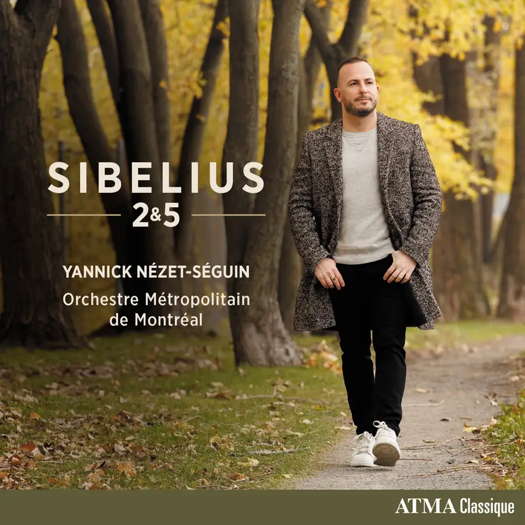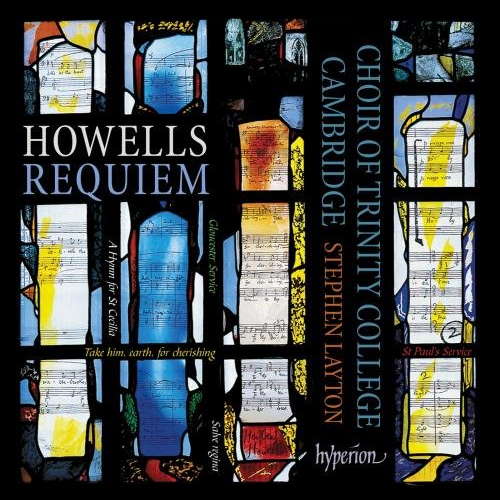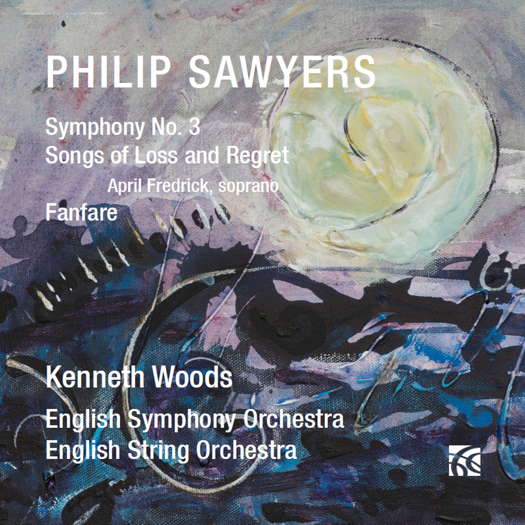- Liebermann
- Emanuel Ax
- Alexander Kok
- Manuel de Falla
- Royal Manchester College of Music
- Stephen Francis Vasta
- Novaci
- Sweelinck: Cantate Domino

Sensationally Powerful
GERALD FENECH is impressed by Sibelius symphonies recorded in Montreal
'... a quite spectacular addition to this cycle ...'
It was 1902 when the Finnish composer Jean Sibelius (1865-1957) finished his Second Symphony - right at a time when his country was struggling with Russian oppression through extreme sanctions on the Finnish language and culture. While Finland fought for its independence as best it could, Sibelius' masterpiece became the unofficial light at the end of the tunnel - the voice of Finnish nationalism - and gave a renewed hope to the Finnish people, a truly prime example of beauty created in the midst of chaos.
Art grows from the depths of the soul and many of the greatest creations in history came to pass as a result of the artist's emotional state and experiences. Just as Beethoven's love/hate relationship with Napoleon resulted in his Eroica Symphony, Sibelius, too, was influenced by the extreme oppression he lived in. Regarded as one of his most popular works, the Slavic gloom present in many of Sibelius' previous works is replaced with a 'Mediterranean light' in this blockbuster of a work.
The Second was not only influenced by the optimism Finland tried to hold on to but also by the Italian coastal village where Sibelius was on a holiday when composing the piece. Of the work, Finnish conductor and highly acclaimed interpreter of Sibelius, Osmo Vänskä, explained its significance:
The Second Symphony is connected with our nation's fight for independence, but it is also about the struggle, crisis and turning-point in the life of an individual. This is what makes it so touching.
In the first movement Sibelius builds the entire work from one motif heard at the very beginning: three ascending notes that run through the entire work and are varied incessantly.
Listen — Sibelius: Allegretto (Symphony No 2 in D, Op 43)
(ACD22453 track 1, 0:01-1:00) ℗ 2024 ATMA Classique :
The second movement starts quietly on a pizzicato motif, but the highlight is in the middle, where Sibelius creates a shattering musical protest against all the injustices.
Listen — Sibelius: Tempo andante, ma rubato (Symphony No 2 in D, Op 43)
(ACD22453 track 2, 8:04-8:50) ℗ 2024 ATMA Classique :
The third is fast, diffuse and fleeting, but then the hectic increase is suddenly interrupted by a point of rest from the oboe, which plays one of Sibelius' most mellow melodies.
The composer ends the symphony with a dazzlingly heroic movement, but does not storm to the finish. Instead, he allows the music to progress majestically until, by the very end, excitement reaches fever pitch.
The symphony was premiered by the composer on 8 March 1902 to a resounding success.
The Fifth Symphony was composed over a period of five years - 1914-1919. Sibelius completed the first version just in time to conduct it for his fiftieth birthday, a Finnish National holiday on 8 December 1915. A year later he revised it and again conducted it with the Helsinki Municipal Orchestra, which had also performed the first version a year before. The final version was completed in 1919, and this was also conducted by the composer on 21 October 1921.
The reworked symphony condenses the original four movements into three - Sibelius combined the first and second movements - and features a new finale. The Tempo molto moderato is textbook Sibelius, featuring brief, fragmenting ideas that surface somewhat enigmatically from the depths of the orchestra. A short melody in the horns later coalesces into a fully developed theme. At times the instruments seem to murmur to themselves, but as the music progresses, the strings and brasses declaim bold proclamations.
In the Andante mosso, pizzicato strings and staccato flutes state the primary melody, while a group of woodwinds and horns sound a countertheme of long sustained notes. These shimmering notes become a backdrop for several variations on the staccato main theme.
On 21 April 1915, Sibelius wrote in his diary:
Today at ten to eleven I saw sixteen swans. One of my greatest experiences. Lord God, that beauty!
The opening of the finale captures this rustle of wings with tremolo strings accompanying an expansive melody, also in the strings. Sibelius juxtaposed this breathless music with a majestic 'swan theme' sounded first by the horns.
Listen — Sibelius: Allegro molto - Largamente assai
(Symphony No 5 in E flat, Op 82)
(ACD22453 track 7, 1:09-2:09) ℗ 2024 ATMA Classique :
As the symphony moves towards its exultant conclusion, the swan theme grows into an exuberant shout of triumph, perhaps a reflection of Sibelius' mood upon completion of this epic work. The final six hammer blows are undoubtedly the most famous ending in the history of symphonic music.
There are a myriad of recordings of these works and practically all are of an exceptionally high standard, so Yannick Nézet-Séguin has some stiff competition to deal with. No problem here. Indeed, his performances are sensationally powerful and, in certain instances, even overexciting. Nézet-Séguin leaves no doubt as to his knowledge of these works, and the Orchestre Métropolitain de Montréal plays at the peak of its powers. Dynamics are handled with total control and the interplay between the orchestral groups brings out all of Sibelius' towering genius for colour and imagery.
This is a quite spectacular addition to this cycle, which has so far offered us many thrilling moments of illuminating music making. Sound and booklet essay are first-rate.
Copyright © 16 June 2024
Gerald Fenech,
Gzira, Malta





